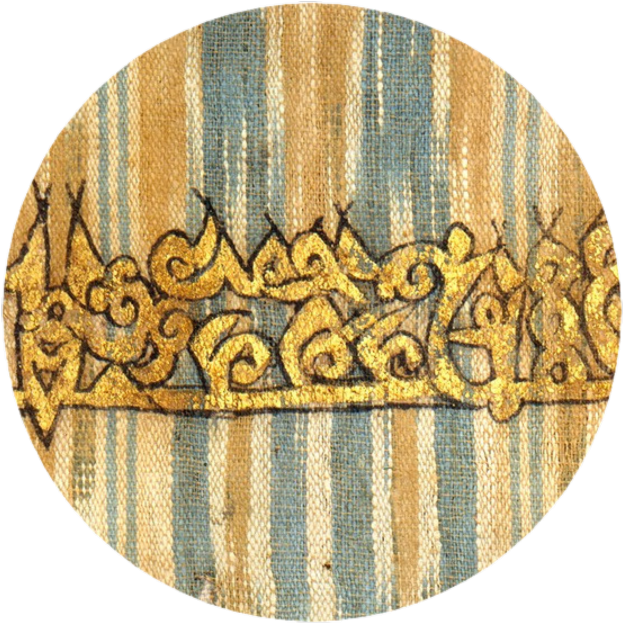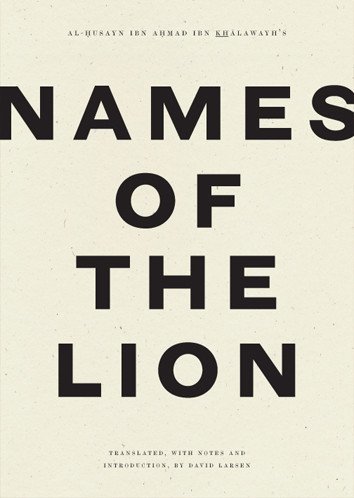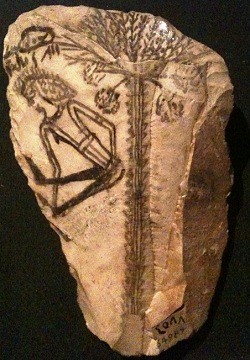Oleiferous plants. The Egyptians took much care in pressing oils from different plants, as required by their cuisine, the blending of their ointments, perfumes and drugs, and their need for artifical light. In Arabic, the word for "oil" (zayt) is primarily applied to the oil of the olive (zaytūn), whose Coptic name is dʒi:t. Oils were also pressed from seeds of flax and safflower, juniper berries, and the nuts of the thorn tree, cedar, castor plant and Egyptian willow.
Medicinal plants. The advancement of ancient Egyptian botanical learning is best appreciated in their use of plants for fighting disease, most importantly: anise (Arabic yansūn, Egyptian ytkwn), cumin, dill, thistle, peppermint, boxthorn, poppy, juniper, henbane, pomegranate, fig, onion, garlic, coriander, the milk of the sycamore, and various oils. Space does not permit the mention of all the medical uses listed in the various papyri.
Fibrous plants. Flax was known in Egypt since the earliest times, and fragments of linen cloth have been discovered in the [Neolithic-era] graves of Merimde and Maadi. The stages in the production of linen are represented on the walls of the Beni Hasan tombs, from maceration, pounding and combing to its spinning, weaving and dyeing. The flax seeds preserved in the Fouad I Agricultural Museum and the Egyptian Museum of Berlin attest to the nobility of the ancient species.
The special importance of papyrus was not limited to writing surfaces, as it was also used to line the bottoms of boats.
Garlands and bouquets. Flowers were of the highest importance in Egypt for their use in religious and funerary ceremonies. The flowers of the papyrus, lotus, acacia, and willow were bundled into garlands and bouquets, along with shoots of sycamore, celery and artemisia and sprays of camomile and saffron.
Timber. The most widespread of the big trees in Egypt were the sycamore, which was held sacred, and the acacia. The wood of the acacia was used in boat-building, its fruit (known in Arabic as qarad) was used in medicine and tanning hides, and its flower (called fotna) was woven into garlands for the dead. Most agricultural tools were made from acacia wood and from the tamarisk (known in Arabic as athl, which is its Egyptian name). The leaves of the weeping willow were used in funeral garlands, and knife handles made from its wood have been found to pre-date the Dynastic period. And pieces made from henna wood were among the finds of Schweinfurth.
When the timber reserves of Egypt were no longer sufficient, trade with Lebanon was established in order to import lumber in pieces large enough for building their sarcophagi, ships and funerary and domestic furniture. Egypt's ebony came from Sudan, and myrrh was imported from the Somali land of Punt.
Peasant Life in Ancient Egypt. We end our account with a tale out of old Egypt. It comes from a story about the life of two brothers named Anubis and Bata, who were tillers of the earth. According to this story... [Here begins an abridged passage from The Literature of Ancient Egypt (Cairo, 1945), ed. & tr. by Selim Hassan:]
Bata was a skilled farmer who made clothes for his brother and pastured his brother's herds. He broke the soil for his brother and harvested his brother's crops, and was filled to overflowing with God's breath, which increased his stature. Every day he went out with the herds to pasture, and every evening he returned to his brother's house with a load of milk and greens and dry kindling, and rendered them unto his older brother, bringing him pleasure as he sat with his wife. After eating and drinking his rations, Bata made his bed in the corral to watch over the cattle. At night's end, the new day's dawn found him preparing his older brother's meal. Then he would set it before him, and set off for pasture with his own, driving the cattle to lead him to the fertile fields. And the cattle grew fat, and their offspring were stout and numerous.
When the time for plowing had come, the older brother said to Bata: "Yoke a pair of oxen to the plow, for the earth is no longer saturated, but ready for the plow. Prepare also the grain for sowing, and we will break ground in early morning." And the younger brother was delighted at all he commanded. At the new day's dawn, they went into the field, and took their place behind the bulls with firm resolve, and gladness filled their hearts, for they had begun the task of the new year. But their seed ran out before all the ground was sown, and the older brother sent the younger to the farm for another load.
The young man entered the house "at a time of distraction of its folk", and found his brother's wife combing her hair. When he came out of the granary bearing his load, "she in whose house he was sought to seduce him," saying: " 'Come here, you,' " and promising him finer clothes and a better station. When he scorned her, she contrived to accuse him to his brother, and played the liar after the fashion of the well-known story of our master Joseph, peace be upon him.
Mahmud Darwish (Supervisor of General Education for Egypt's Ministry of Information), "al-Zira‘a al-Misriyya al-qadima," al-Filāha: Majalla Zira‘iyya Iqtisadiyya (a publication of the Association of Agricultural College Graduates / The Agricultural Club), 28:1 (Jan-Feb 1948). 28-30.
(See also: Veterinary Medicine in Ancient Egypt)







